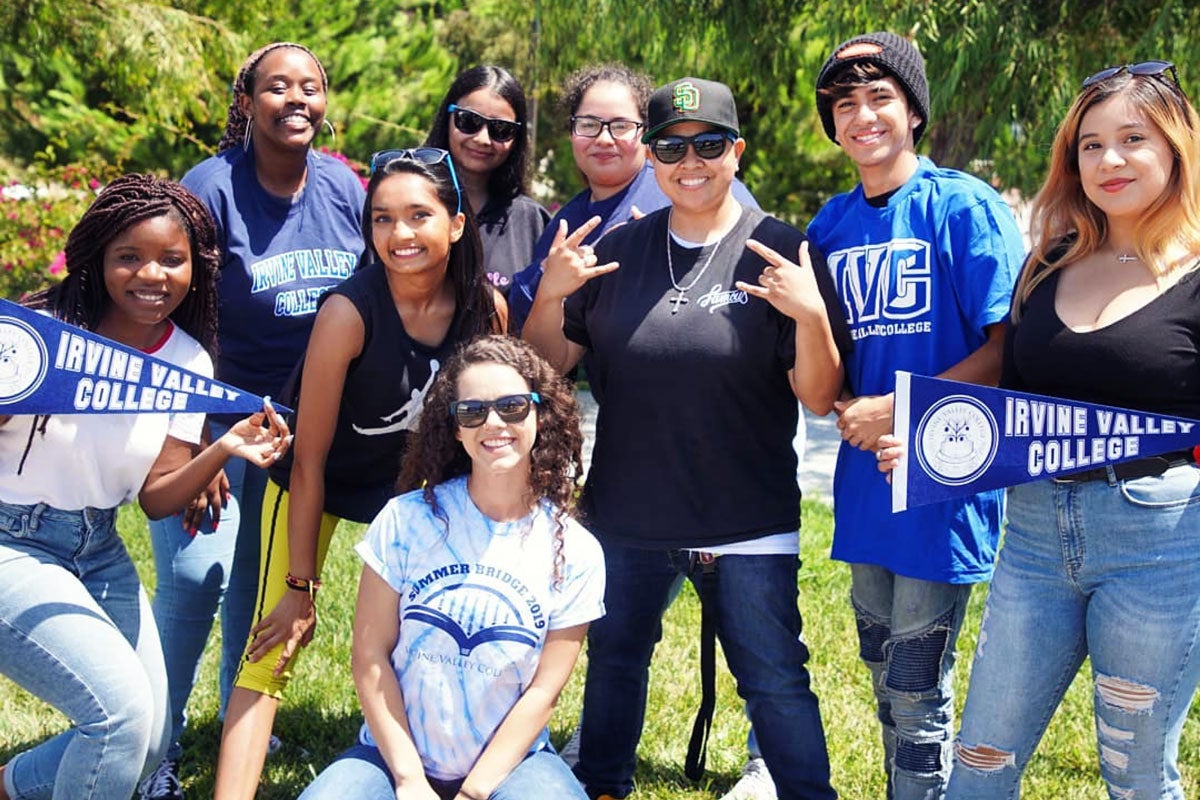Courses
The curriculum includes courses in art theory, appreciation, history and methodology, and museum studies. All courses are designed to incorporate the necessary components required in the academic development of a comprehensive art historical and methodological understanding. Art historical topics address the Western canon from antiquity to the post-modern world, as well as the art of Africa, Oceania, Asia, and the Americas. Most of the courses offered in the art history curriculum meet general education requirements in fine arts. They may also be taken to satisfy the requirements for the Associate in Arts degree in Art History (AA) and the Associate in Arts degree in Art History for Transfer (AA-T).
Major
Students majoring in art history at the lower-division level are provided with a rigorous and rich foundation in the history of art, critically examining the importance of artistic traditions in the study of human cultures. Through a variety of historical periods, students learn to identify, analyze, and interpret works of art and architecture as they reflect not only individual achievement but also the political, social, religious, and economic interests of the society from which they emerge. Students may enroll in the art history program to prepare for transfer into an upper-division program in art history.
For further information about the art history program students may email the IVC Art History Department.
Program Student Learning Outcomes
Upon completion of the art history program, students will be able to
- Successfully complete objective glossary quizzes that evaluate his/her developed vocabulary maturation as it relates to the discipline of art history.
- Define and articulate appropriate art historical terminologies that are utilized in the analyses of aesthetic works of art and architecture.
- Produce a written analysis of a work of art to demonstrate his/her ability to articulate knowledge of the subject matter and its relating social, economic, religious, political framework.
- Identify and analyze the denotative characteristics in developing aesthetic works of art and architecture, as their subjects reflect the broader community’s cultural issues and preferences: social, economic, religious and political.
- Recognize, articulate, and critically interpret the connotative qualities in aesthetic works of art and architecture as they reflect the issues of meaning and intellectual expression.
- Participate in class discussion designed to evaluate their critical skills of aesthetic observation and academic articulation as it relates to the subject matter.
- Complete written papers that reflect an understanding and appreciation of various art historical methodologies.
- Demonstrate general knowledge of principal art historical personalities (artists, patrons, sponsors) in major periods and locations.
- Demonstrate a rudimentary understanding of the technical processes involved in standard historical art making.
- Through assigned readings, develop knowledge of foundational sources necessary to the construction of a critical perspective in the studies of art history and visual culture.
Potential Careers
Majors in art history are afforded opportunities in a number of art-related fields ranging from education to business. Examples of careers in art history and/or museum studies include the following:
- Appraiser or Investor
- Art Consultant
- Art Educator
- Art Publisher or Critic
- Arts Librarian
- Artist Representative
- Conservator
- Gallery Director
- Legal Professional
- Lobbyist or Organizer
- Museum Curator
- Museum Technician





